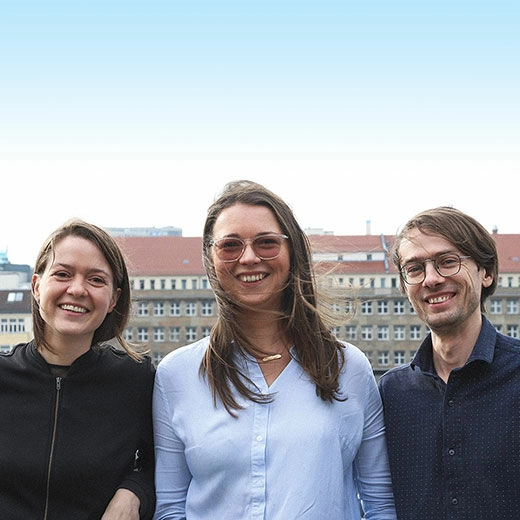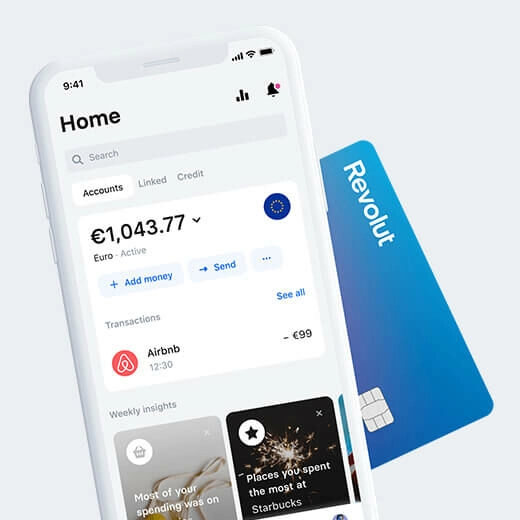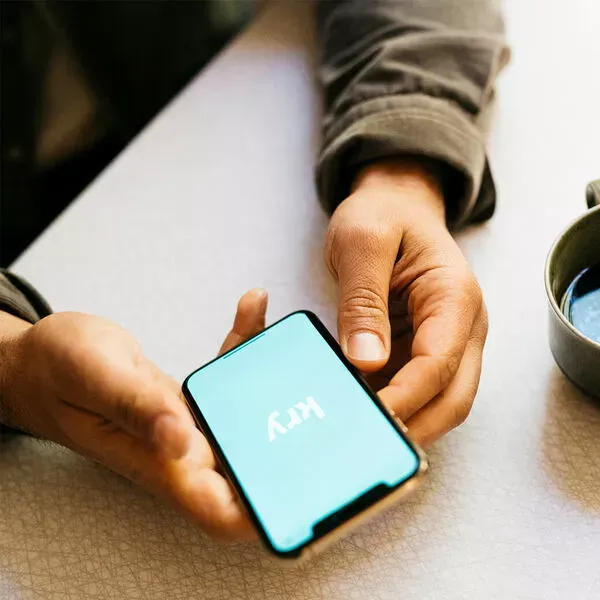A health app that speaks the patient's language
With different diseases and health problems affecting millions around the world, smartpatient is on a mission to help people live a happier and healthier life. Founded in 2012, the company has developed a mobile app called MyTherapy, which helps patients to adhere to their treatment by reminding them to take the medication in a timely manner. The app also allows its users to track their progress.
The company has offices in Germany and Poland, but their MyTherapy app is used by patients from all around the globe. ''That's why we have many languages – for people to be able to follow their treatment in their own language,'' says Magdalena Sady, the localization manager at smartpatient.
Making sure that patients can understand and precisely follow their treatment plan is extremely important – after all, the patient's health is at stake. At the moment, the MyTherapy app is available in 31 languages, 27 of which were added over the past four years.
That's close to 7 languages a year.
Needless to say, what this team has done over such a short period of time would be practically impossible without a reliable translation management system.

Lokalise was chosen because we wanted something to be integrated with the app development process so that developers could easily download and upload strings and keys. That's why we opted for Lokalise right from the beginning.
Discovering the perfect combination of features
smartpatient is one of the most experienced Lokalise clients. It's been four years since they started using Lokalise and, over time, the team has tested a variety of features and found the ones that fit their needs best.
Key features used:
- Screenshots
- Tasks
- Translation memory
- Glossary
- Machine translation
Magdalena says that thanks to translation suggestions, such as those from translation memory, glossary, and machine translation, the localization process is quicker and easier. ''And, obviously, more coherent and less prone to mistakes,'' she adds.
The smartpatient localization team is also an active user of the Tasks feature ''because it makes it easy to manage translations and keys that need to be checked with many people at the same time.''
And finally – screenshots, which give translators more contextual information. ''Screenshots are really useful because it's easy to link keys to visual designs. That's a great help while translating.'' The team has also recently started to use the Sketch integration, which not only gives translators visual context but also lets them instantly see how the translated text fits into the design.
There are other reasons, besides an array of useful features, why smartpatient has been a loyal Lokalise user for such a long time. Magdalena especially highlights UI and customer support.
The UI is very clear and intuitive, thanks to which it's easy to modify and introduce translations, check them, review them, and also to manage many languages at once. And we really like customer support – the answers are really quick and detailed. Whenever something is unclear, I ask and receive an answer in a couple of minutes.
The team's localization workflow is well organized and effective. It starts with the development team uploading strings along with visual designs or wireframes to Lokalise. Then, the localization manager creates and assigns tasks for translators. As they use the Slack integration, translators receive a notification that there's a new task added and that they can get to work.
When the translations are completed, Magdalena double-checks that there are no technical issues like missing placeholders, double spacing, etc. Finally, the development team fetches the translations before each release. For the release of the translations, smartpatient’s team of developers uses Lokalise's API.
How would the localization process look if they didn't use Lokalise?
Without Lokalise, it would take much longer to translate texts and the translation quality would be worse. It would probably be much more difficult to add new languages to the app. If we used spreadsheets or similar solutions, I don't think we could have automated the localization process to the extent that we have done so now.
If Magdalena were to recommend Lokalise to other businesses, she'd recommend it to teams that develop websites, programs and apps. She's noticed that other translation systems are often made for translating paragraph-style text whereas Lokalise is specifically adapted for software localization.
''I'd also suggest Lokalise to people who want to have many languages, to be able to manage them efficiently, and add new languages quickly. Lokalise doesn't require you to have that many people involved because the tool is quite easy to manage for one or two people,'' Magdalena concludes.
Read more case studies

Apple's ''App of the day'' — thanks to localization

How Lokalise contributed to Revolut's massive growth
Case studies

Behind the scenes of localization with one of Europe’s leading digital health providers
Read more Case studies
Support
Company
Localization workflow for your web and mobile apps, games and digital content.
©2017-2026
All Rights Reserved.

